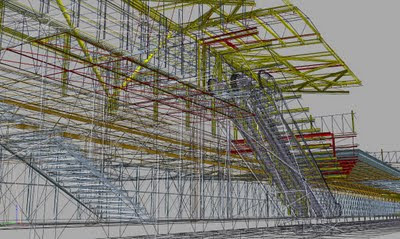Two-days-ago’s topic on ‘exchanging digital data’ warrants further consideration.
Can you relate to the sentence:" we'll give you CAD files so that SHOULD reduce your work by half"?
Few non-hands on people could appreciate the difference a badly exported file could make on the receivers life. This type of over simplification of the issue goes back in time.
It used to be present when flatCAD drawings were the norm.
The ‘bylayer’ word still rings warning bells for me.
Exploded blocks, fills and hatches, paperspace plans scaled, non-anchored labels, right angles just a bit out... a few more booby traps...
Savy CAD managers learned to deal with these issues and many company manuals had systems and processes in place. Even the majority of marketing people knew not to make frivolous delivery promises based on existing CAD data. By and large.
Roll in model based building information!
Don’t go too far with it, not into fat databases carrying a lot of metadata.
Think first of basic geometries, walls, floors, everyday objects, desks, tables, basins, showers.
Despite of strong PR from IFC followers and in-house interoperability of various packages that large providers like Autodesk deliver to the market, the fact is that the real complexity and hazard comes from the data author and these risks grow exponentially anytime a model moves from a ‘safe’ controlled environment to another.








































